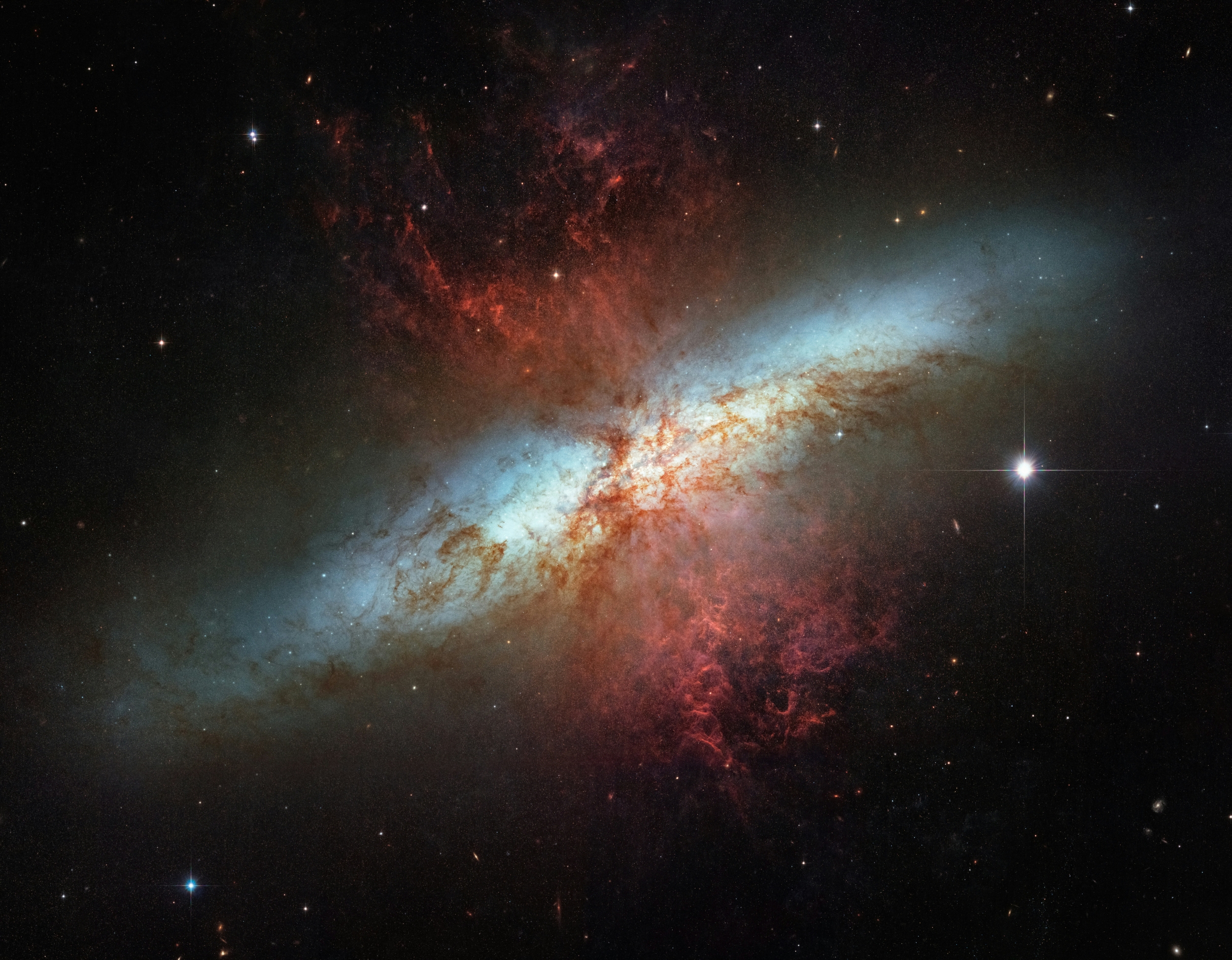Science
James Webb Space Telescope Unveils Hidden Cosmic Dust Secrets

The James Webb Space Telescope (JWST) is revolutionizing our understanding of the universe by utilizing its advanced infrared technology to peer through cosmic dust that has obscured astronomical phenomena for billions of years. Unlike traditional telescopes that depend on visible light, JWST’s longer infrared wavelengths allow it to uncover stars, galaxies, and nebulae previously hidden by thick clouds of dust. This capability is significantly enhancing our knowledge of star formation, galaxy evolution, and the conditions of the early universe.
Advanced Technology Breaks Through Dust Barriers
At the core of JWST’s success is its engineering, designed to maximize sensitivity to infrared radiation. Cosmic dust, composed of minute particles of carbon, iron, ice, and silicates, obstructs visible light but is largely transparent in the infrared spectrum. JWST exploits this transparency to reveal celestial objects that would otherwise remain concealed.
The telescope features a massive 6.5-meter gold-coated mirror made up of 18 hexagonal segments, allowing it to capture faint infrared signals from billions of light-years away. Operating at frigid temperatures of approximately -233°C, achieved through a sophisticated five-layer sunshield, JWST minimizes heat interference that could generate infrared noise.
Two critical instruments on the telescope illustrate its ability to navigate through dust with exceptional detail. Regions previously thought to be empty, such as the Pillars of Creation and the Carina Nebula, are now observed to contain hundreds of newly formed stars and intricate molecular structures. Astronomers are gaining insights into areas that remained opaque for decades, reshaping our comprehension of the cosmos.
Significant Discoveries Illuminate Cosmic History
The scientific value of JWST’s dust-penetrating abilities is underscored by several significant discoveries:
– JWST has directly observed star formation processes that were once theoretical.
– The telescope has identified faint galaxies formed shortly after the Big Bang, enhancing our understanding of early cosmic history.
– Observations have revealed detailed temperature and chemical composition data, allowing scientists to reconstruct the behaviors of dust in extreme environments.
The unprecedented precision of JWST is a game-changer for astronomers. Each image captured contains layers of data about energy emission and material composition, providing a clearer picture of how stars accumulate mass and how planets begin to form from cold, dusty disks.
Furthermore, JWST’s technology sets a foundation for future astronomical missions. Its achievements highlight the necessity for even more sensitive instruments, prompting plans for complementary observatories that will explore different wavelengths.
In the broader context, JWST’s findings help answer fundamental questions about the universe: How did stars and galaxies form? How did the cosmos evolve from a chaotic cloud of dust and gas into the structured universe we observe today? With each discovery, these mysteries are gradually coming into focus.
The James Webb Space Telescope has fundamentally altered our perspective of the universe, allowing astronomers to explore star nurseries, ancient galaxies, and complex stellar environments with unprecedented clarity. Its advanced infrared systems and powerful instruments are revealing the hidden elements of cosmic dust that play a crucial role in the evolution of the universe. As JWST continues to produce groundbreaking discoveries, it stands as a cornerstone of modern astronomy, poised to guide research for generations to come.
-

 Health3 months ago
Health3 months agoNeurologist Warns Excessive Use of Supplements Can Harm Brain
-

 Health3 months ago
Health3 months agoFiona Phillips’ Husband Shares Heartfelt Update on Her Alzheimer’s Journey
-

 Science1 month ago
Science1 month agoBrian Cox Addresses Claims of Alien Probe in 3I/ATLAS Discovery
-

 Science1 month ago
Science1 month agoNASA Investigates Unusual Comet 3I/ATLAS; New Findings Emerge
-

 Science4 weeks ago
Science4 weeks agoScientists Examine 3I/ATLAS: Alien Artifact or Cosmic Oddity?
-

 Entertainment4 months ago
Entertainment4 months agoKerry Katona Discusses Future Baby Plans and Brian McFadden’s Wedding
-

 Science4 weeks ago
Science4 weeks agoNASA Investigates Speedy Object 3I/ATLAS, Sparking Speculation
-

 Entertainment4 months ago
Entertainment4 months agoEmmerdale Faces Tension as Dylan and April’s Lives Hang in the Balance
-

 World3 months ago
World3 months agoCole Palmer’s Cryptic Message to Kobbie Mainoo Following Loan Talks
-

 Science4 weeks ago
Science4 weeks agoNASA Scientists Explore Origins of 3I/ATLAS, a Fast-Moving Visitor
-

 Entertainment4 months ago
Entertainment4 months agoLove Island Star Toni Laite’s Mother Expresses Disappointment Over Coupling Decision
-

 Entertainment3 months ago
Entertainment3 months agoMajor Cast Changes at Coronation Street: Exits and Returns in 2025









